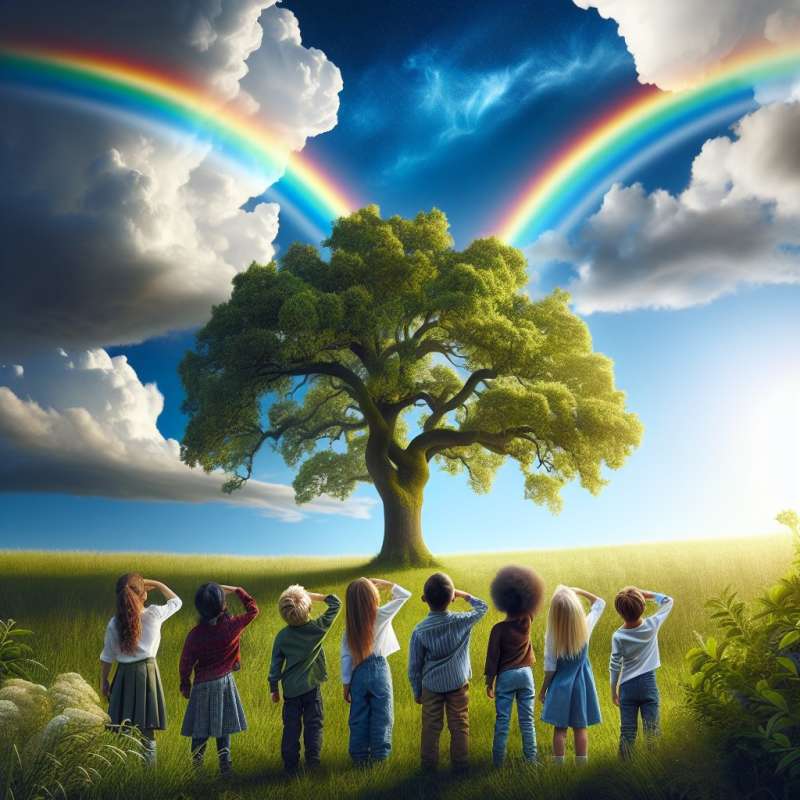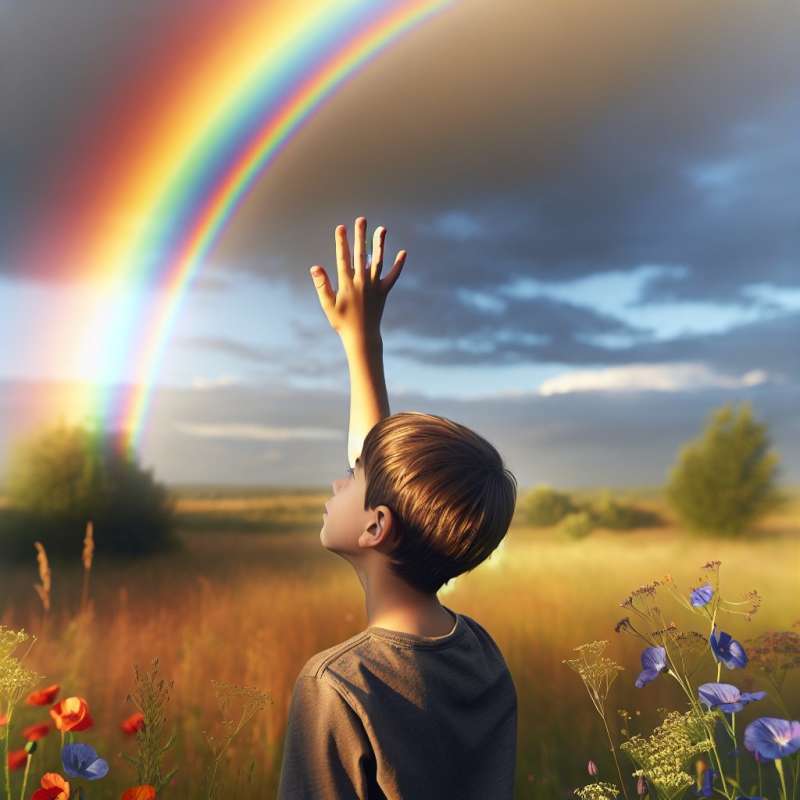
Rainbow Formation Introduction
Rainbows are optical phenomena involving light reflection, refraction, and dispersion through water droplets, resulting in a spectrum of light in the sky.
Sunlight and Water Interaction
Rainbows occur when sunlight strikes water droplets in the atmosphere. Light refracts entering the droplet, reflects off the internal surface, and refracts again exiting, separating into colors.
Color Dispersion Explained
Each light color bends at a different angle when refracted. Violet bends the most, red the least, creating a spectrum arranged by wavelength.
Double Rainbows Unveiled
Double rainbows feature a secondary bow with colors reversed. Light reflects twice inside water droplets for this rare phenomenon, creating a dimmer, inverted spectrum.
Rainbows: Not Just Arcs
Rainbows are full circles. Ground observers see arcs due to the horizon blocking the lower part. From high altitudes, the complete circle can sometimes be witnessed.
Twinned Rainbows Mystery
Twinned rainbows are rare, showing two distinct arcs from a single base. Variations in droplet size and air movements can lead to this curious splitting.
Rainbow Colors' Perception
Humans typically perceive rainbows as having seven colors. However, the spectrum is continuous, and the division into specific colors is culturally based and varies globally.
What initiates rainbow formation?
Moonlight hitting snow
Sunlight striking water droplets
Water dropping from heights
Company